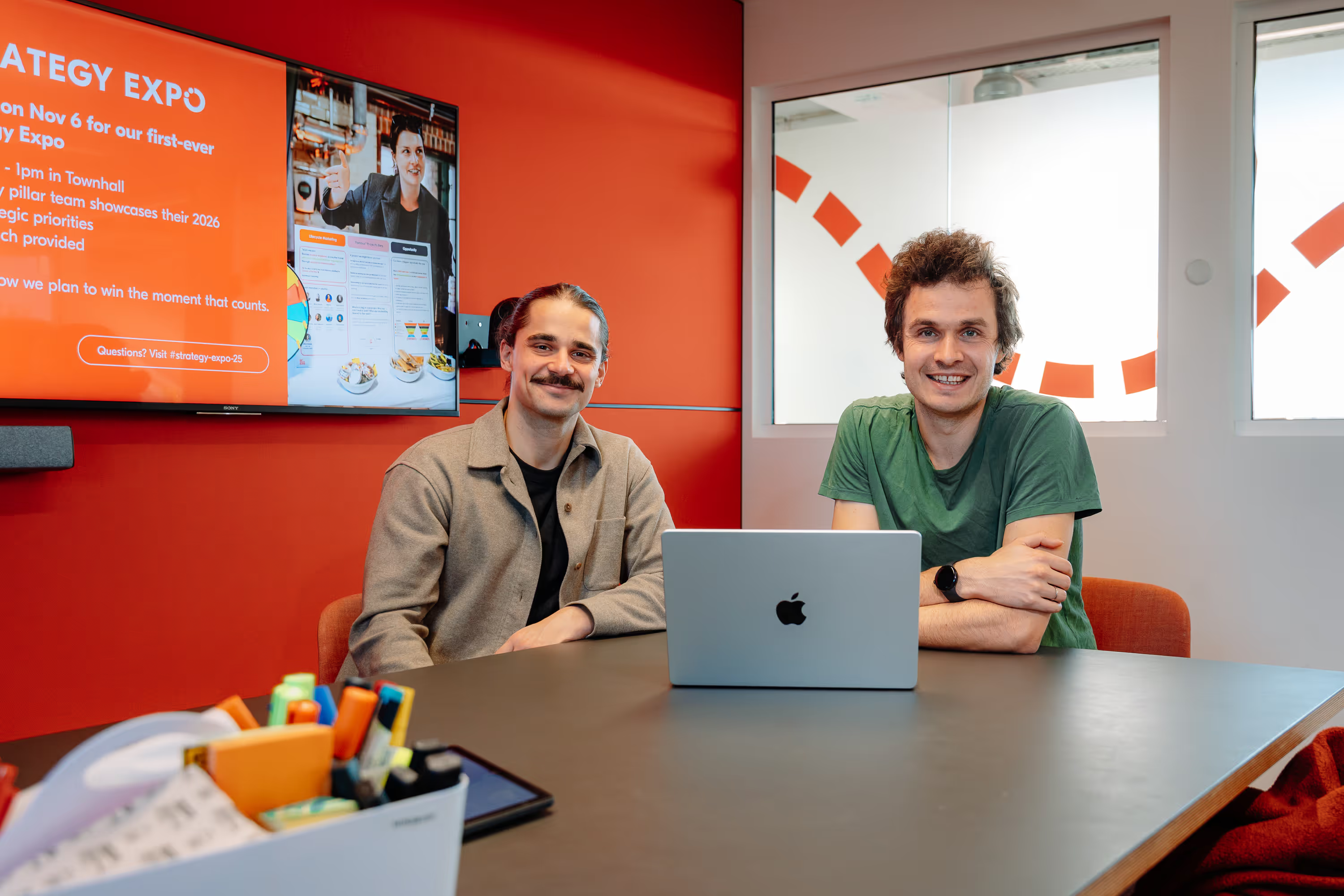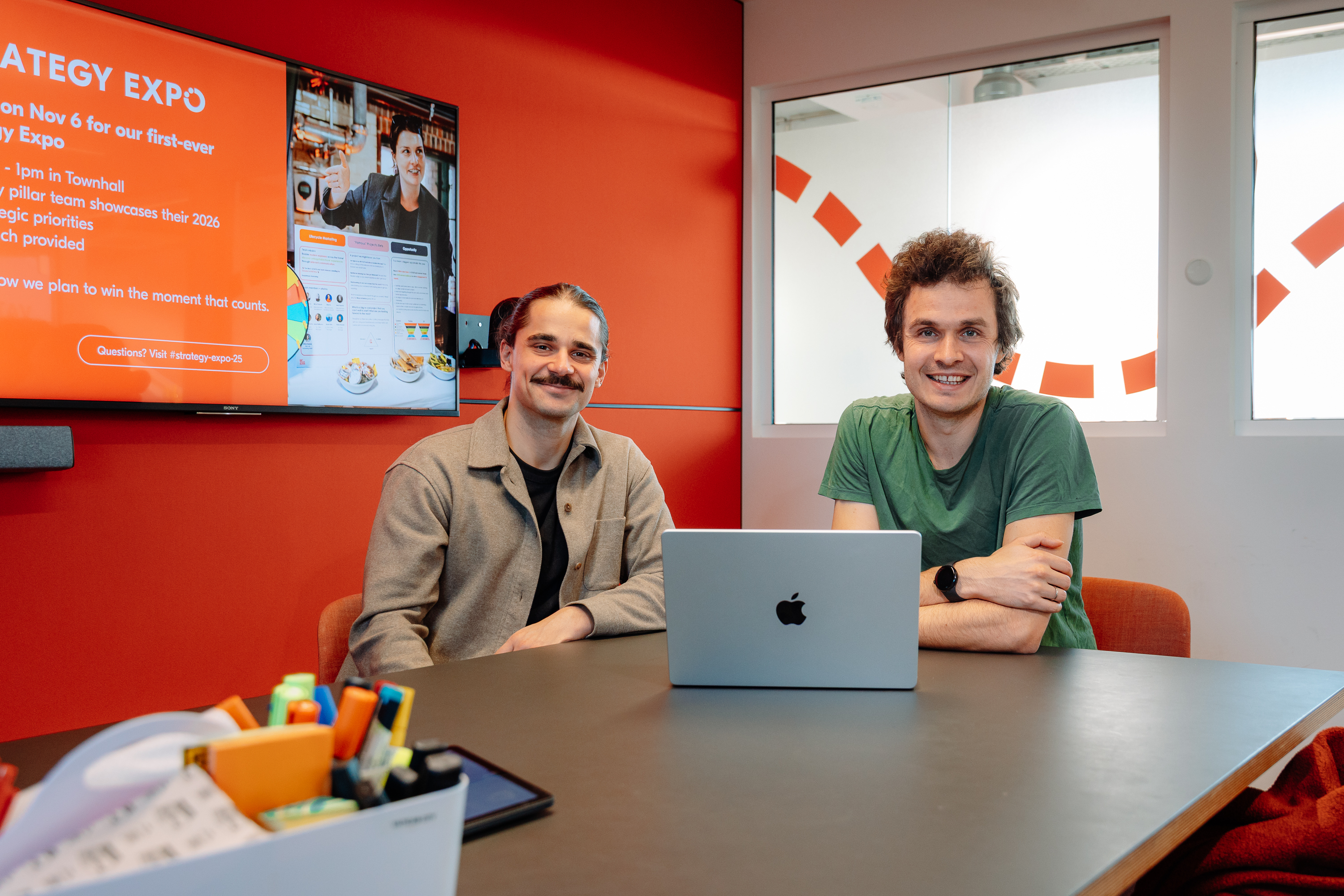What It’s Like To Work on the Connectivity Team
The companies providing tours, activities, and attractions (we call them suppliers) can work with GetYourGuide in two ways: through our supplier portal, or via their own connectivity system.

Key takeaways:
Natalie Estment is the connectivity operations manager at GetYourGuide. She’s responsible for managing a cross-functional team that empowers scalable growth of the tours, activities, and attractions on GetYourGuide, while creating a seamless customer experience. Their work involves turning complex operational and technical tasks into simple, easy-to-use solutions. In this post, she explains how the connectivity team is structured, what each role is responsible for, and talks about some of the projects they’re working on.
{{divider}}
Our mission: connecting customers to experiences
The companies providing tours, activities, and attractions (we call them suppliers) can work with GetYourGuide in two ways: through our supplier portal, or via their own connectivity system. These connectivity systems are SaaS providers called reservation systems, channel managers, ticketing systems, or supplier-owned systems. We refer to these companies as connectivity partners.
The Connectivity team is responsible for integrating these systems into the GetYourGuide product, as well as maintaining and optimizing the technical connection. These act as the source of truth for our suppliers, providing information on availability, reservations, and bookings, making sure inventory is always up to date on each channel.
How the Connectivity team works
Connectivity Operations brings the Tech and Sales teams together, both internally at GetYourGuide, and with external connectivity partners.
There’s a saying I often use that I believe explains one of our biggest challenges:
Sales teams want things done yesterday, and Engineers want things done correctly, within the roadmap, and when they have capacity.
Navigating this delicate balance between how Sales and Tech teams work is something our team has mastered. There are three main roles on the Connectivity team that work together to make this happen: project managers, support specialists, and partner business managers.
Agile project managers
Project managers run our API (application programming interface) integrations projects, other functional projects including product creation, and our Connectivity Partner Program. Don't be fooled by the fancy terminology around APIs, it’s merely a way for two systems to talk to one another, and pass information back and forth. See how we can take complex issues and simplify them!
Our project managers use agile methodology and work in two-week sprints, and the majority of their work is on integration projects. When an integration is complete, we can, for example, optimize an existing experience with last minute availability, or offer our customers a key attraction that wasn’t available previously.
During a sprint, project managers work with people on other teams, including internal engineers, external partner engineers, and people on the Sales team. Communication is key to making this process run smoothly, and it’s important that project managers provide everyone with the information they need to do their jobs.
For example, a salesperson doesn't necessarily care how the sausage gets made, but they need to understand how the project is progressing, and what blockers need unblocking. On the other hand, engineers need to understand exactly how the sausage gets made, and that it's made to the exact specifications for a particular project.
The project manager needs to understand their audience and adapt their communication style so everyone understands what they need to do. Even when there isn't actual sausage being made.
We use agile as our key project management method and Jira as our main planning and ticketing tool. Agile enables our project managers to tap into a tried and tested technique that allows people and projects to move with ease and, as the name suggests, agility.
Using a variety of agile ceremonies, including daily stand-ups, Kanban boards, and logging complex tickets, these procedures all help the team engage with and manage stakeholders in an ever-changing environment.
Connectivity support specialists
Next, we have our connectivity support specialists. They serve as the first point of contact for our connectivity partners, helping troubleshoot and answer queries. Our specialists use Freshdesk service desk and Jira project software for incoming queries. The team tracks their efforts using service-level agreements (SLAs) to assist with speed, precision, and prioritization.
Support specialists have a myriad of internal and external stakeholders they communicate with every day. These people can be on the Sales, Engineering, Customer Care, Content and Supplier Engagement teams, just to name a few. Our specialists strive to help all stakeholders move towards a self-service model where they have the expertise, knowledge, and tools to solve challenges independently.
From a backend engineer, to a new starter on the Sales team, all stakeholders need to be equipped with the right knowledge to help themselves, and only reach out to our specialists if they need more information. The support specialists need to wear many hats in order to adapt messages, and give clear instructions.
Jira and Freshdesk are used for seamless communication and timely updates, as well as tracking, forecasting, and pattern analysis. Our support specialists also use Slack for quick question answering, and sharing what they’ve learned. This balance of structure and flexibility is crucial to providing consistent support with longer-term reporting, while allowing for simple topics to be answered quickly.
Connectivity partner business managers
Last but certainly not least, we have connectivity partner business managers (CPBM). They’re the Commercial team members who actively drive our integration pipeline, and provide account management services to our existing Premium and Advanced Connectivity Partners. CPBMs are tasked with taking a technical and operational topic, like connectivity, and making it a commercial part of the business with partners.
Their main stakeholders are our internal Sales teams and external connectivity partners. For account management, they use customer relationship management software like Freshsales to manage important contacts and touchpoints within one tool. In-person or over video calls, communication is key to forming and maintaining close relationships with our partners and local sales teams.
Regular catch-ups, business reviews, and account plans are all part of creating and maintaining close, mutually beneficial partnerships.
Internally, our CPBMs use existing sales communication channels to ensure global topics are understood locally. They work closely with our sales teams to ensure we have the broadest and healthiest connections to allow for increased supply and optimization.
We also created connectivity champions within Sales. Sales team members can become experts in connectivity, share their knowledge and insights with their local teams, and bring useful information from local teams back to the larger Connectivity team.
Join the Connectivity team!
To work on the Connectivity team, you need to constantly learn, thrive off challenges, and love working with people. We’re regularly looking for new people to join us. I hope you’re motivated to join us on our mission to give the whole world access to incredible experiences!
For updates on our open positions, check out our Careers page.







